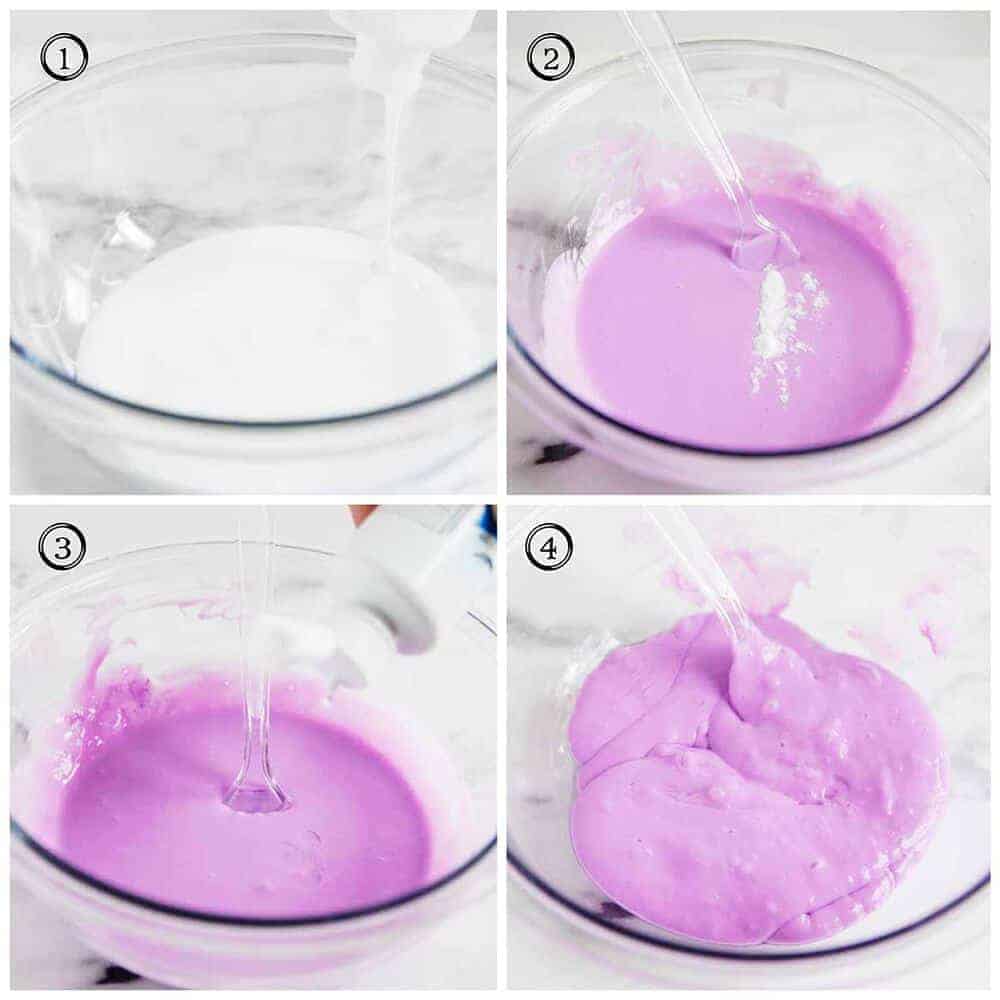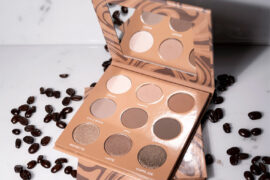Ultimate Guide to Making Slime at Home: Safe, Easy, and Fun!
Hey there, awesome parents and guardians! Are you ready to embark on a gooey, squishy adventure with your little ones? Well, you’re in luck because we’re about to dive into the whimsical world of homemade slime! ? Making slime at home is not just a craze; it’s a fantastic way to combine fun and learning. Not only does it engage your kids in a hands-on activity, but it also encourages creativity, teaches basic science concepts, and, of course, results in hours of enjoyment.
Before we get our hands sticky, let’s make sure we cover all the bases to ensure a safe and delightful slime-making experience. Roll up your sleeves, and let’s get started! ?
What is Slime?
Slime is a non-Newtonian fluid that behaves both like a solid and a liquid depending on the force applied. It’s usually made from a combination of household ingredients that, when mixed, create a stretchy, moldable substance that kids absolutely adore.
Benefits of Making Slime at Home
- Stimulates the Senses: Playing with slime offers a sensory experience that can aid in your child’s development, especially for tactile learners.
- Promotes Fine Motor Skills: As kids squish, stretch, and squeeze, they’re actually building strength and dexterity in their hands.
- Creativity Booster: There’s no limit to the colors, mix-ins, and textures you can create. This freedom allows kids to express their creativity and personalize their slime.
- Teaches Basic Science: Slime-making is a fun introduction to chemical reactions, measurements, and following step-by-step instructions.
- Stress Reliever: Just like stress balls, slime can be a calming tool for both kids and adults. It’s a playful way to relieve stress and can even help with concentration.
Safety First – Slime Making Tips
- Adult Supervision: Always make slime with an adult present to ensure the recipe is followed correctly and to handle any ingredients that require extra care.
- Allergy Check: Some slime recipes contain ingredients like borax or latex that can cause allergic reactions. Always check for allergies before starting.
- Non-toxic Ingredients: Only use household items that are deemed safe for kids, and always opt for food-grade coloring or natural dyes.
- Avoid Ingestion: While homemade slime is generally safe to handle, it should never be ingested. Keep a close eye on younger children during play.
- Workspace Prep: Cover your work area with newspaper or a plastic sheet to make cleanup easier and to protect surfaces from any spills.
- Handwashing: Make sure everyone washes their hands before and after playing with slime to avoid transferring any bacteria.
Your First Easy Slime Recipe
We’re kicking things off with a super simple slime recipe that requires just a few ingredients. It’s perfect for beginners and promises to be mess-free. Here’s what you’ll need:
Basic Slime Recipe
- 1/2 cup of white school glue
- 1/2 cup of water (to mix with the glue)
- 1/2 cup of warm water (to activate the slime)
- 1 teaspoon of baking soda
- 1-2 tablespoons of contact lens solution (make sure it contains boric acid and sodium borate)
- Food coloring (optional)
- Glitter or other fun mix-ins (optional)
Follow these simple steps to create your first batch of homemade slime:
- In a mixing bowl, combine 1/2 cup of white school glue with 1/2 cup of water. Stir until fully mixed.
- Add food coloring if desired, and mix thoroughly.
- Stir in the teaspoon of baking soda.
- Slowly add in the contact lens solution, stirring constantly. Begin with 1 tablespoon and add more as needed.
- Keep stirring until the mixture begins to pull away from the sides of the bowl and forms into a slime consistency. If it remains too sticky, add a few more drops of the contact lens solution.
- Take the slime out of the bowl and knead it with your hands for a few minutes until it becomes less sticky and more pliable.
- Now it’s time for the fun part—play! Add glitter, beads, or any other mix-ins to make your slime unique.
Once you master the basic recipe, the slime world is your oyster. You can experiment with different textures, colors, and even scents. But wait, we’ve only just begun our slimy journey! Stay tuned as we explore more slime variations, tips for extending the life of your slime, and even educational activities to pair with your slime playtime. It’s going to be a blast, so grab your mixing bowls and let the adventure begin!
In our next instalment, we’ll share some exciting slime variations that you can try once you’ve got the hang of the basic recipe. Imagine making fluffy slime, clear slime, glow-in-the-dark slime, and more! Plus, we’ll talk about ways to store your slime and keep it fresh for weeks. So stay sticky, and let’s keep the slime rolling!

5 Things Parents Should Know in Preparing for Slime Making at Home
As we prepare to adorn our counters with glitter and our hands with gooey joy, there are a few essential tips that every parent should know to make the slime experience as smooth as possible.
1. Understand the Science Behind Slime
It’s not just magical goo—it’s science! Slime is formed when glue (a polymer) bonds with the activator (usually containing borate ions), creating long molecular chains that are both stretchy and moldable. A little scientific explanation will not only satisfy curious minds but also gives children a glimpse into how everyday materials can transform!
2. Ingredient Quality Matters
High-quality ingredients will result in better slime and a safer experience. Ensure that the glue is PVA-based (polyvinyl acetate) and that the activator is safe and appropriate for children’s use. If any substitutions are made, know how they might affect the final product.
3. The Right Ratio is Key
Making slime is a bit like baking a cake—the right proportions of ingredients are crucial. Too much activator and you’ll end up with rubber instead of slime; too little and you’ll have a sticky mess. Encourage kids to measure carefully and adjust as necessary for that perfect slime consistency.
4. Patience is Essential
Slime doesn’t always come together at first try, and sometimes you need to tweak your recipe a bit. Patience is essential, both for letting the slime set and in finding the right balance of ingredients. This is a great lesson in perseverance and the value of ‘trial and error’ for little ones.
5. Embrace the Mess (But Be Prepared)
Slime can be messy, there’s no way around it—but that’s part of the fun! Lay down some newspaper or a plastic sheet, keep wipes on hand, and wear old clothes that you don’t mind getting stained. Prep work will make the cleanup process faster and allow everyone to freely enjoy the slimy fun.
Extra Pro Tips for the Perfect Slime Experience
- If your slime is too sticky, add a little bit more activator. If it’s too rubbery, add a touch more glue.
- Keep slime away from carpets, furniture, and fabric, as it can be tricky to remove once set.
- Experiment with add-ins! From shaving cream for fluffy slime to iron filings for magnetic slime, the possibilities are endless.
- If you’re concerned about stains, opt for clear glue instead of white. It makes for a beautiful, translucent slime base.
- For sensory-friendly slime, consider using natural food dyes or leaving out colorings and fragrances altogether.
Now that we’re equipped with top-notch slime intelligence, let’s get ready to make some magical memories (and science experiments!) with our favorite little people. Slime making is not just about the end product, but about the laughter-filled journey there. Get ready to let your creativity burst and your imaginations soar—it’s slime time!
Stay tuned as we continue to add chapters to our Ultimate Guide to Making Slime at Home. Our next bits will include advanced recipes, troubleshooting tips, and creative ways to integrate educational activities into slime play. Happy slime-making, everyone!
See more great Things to Do with Kids in New Zealand here. For more information see here
Disclaimer
The articles available via our website provide general information only and we strongly urge readers to exercise caution and conduct their own thorough research and fact-checking. The information presented should not be taken as absolute truth, and, to the maximum extent permitted by law, we will not be held liable for any inaccuracies or errors in the content. It is essential for individuals to independently verify and validate the information before making any decisions or taking any actions based on the articles.




